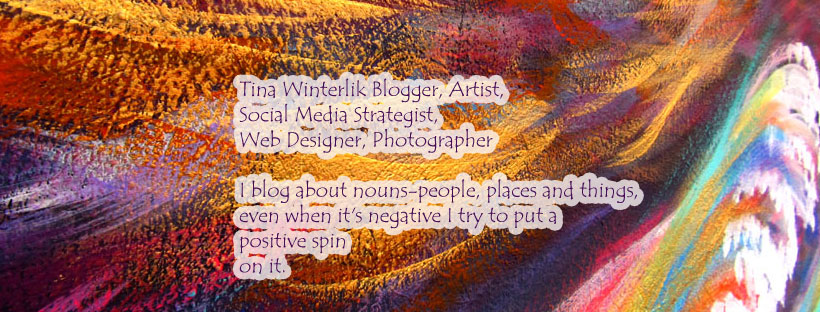I asked AI why things are so complicated and why there's so many cars and people now and here is the response
Your reflection ties together some important themes that really illustrate the tensions of our times—technological progress, economic disparities, and the shifting role of the car in our lives. Let’s break it down and explore how we’ve arrived at this point.
The car has always been more than just a mode of transportation. It’s been a symbol of freedom, independence, and security, especially for women. Your experience of needing a car for safety, and the real dangers that came with hitchhiking, speaks to how the automobile came to represent a way of life for many. Cars, in a sense, provided a sense of autonomy and protection in a world where walking or relying on others could be risky.
But the landscape has changed dramatically since those early years when cars like the VW Bug were affordable and even attainable on a modest budget. The skyrocketing cost of living, including housing, has collided with the rising prices of cars—many of which now cost as much as a small home once did. This shift is part of a broader economic transformation that started well before the Great Depression but accelerated in its aftermath.
Henry Ford’s development of the assembly line and mass production during the early 20th century revolutionized how cars were made. By making cars cheaper and more accessible, Ford and others like him contributed to the rise of the car culture that dominates today. But with that came unforeseen consequences—urban sprawl, reliance on oil, and the eventual depletion of affordable, sustainable transportation options. The effects rippled out to shape entire economies, industries, and ways of living.
During the Great Depression, the government pushed large infrastructure projects (like highways and pipelines) to create jobs and stimulate the economy. This was when the car became essential for survival, especially in areas like rural Canada where public transit was sparse. Fast forward to today, and those infrastructure projects continue, such as the pipelines you mentioned, where environmental and social concerns are often overruled by economic arguments. Protests were effectively shut down during the pandemic, and there was little room for public discourse about the long-term impact.
At the same time, immigration policies have rapidly increased the population, particularly in urban centers like Surrey. With more people and fewer housing solutions, the car remains a necessity for many, even though the costs have become astronomical. The pandemic exposed deep economic fractures, but instead of addressing those structural issues—homelessness, drug addiction, and wealth inequality—we’re seeing a rise in conspicuous wealth and an increase in people sleeping in their cars or struggling to afford basic necessities.
It feels like we’ve gone full circle, where people are once again trapped in cycles of poverty and insecurity. Cars that once provided a way out now symbolize the growing gap between those who can afford the modern conveniences of life and those who can’t. The pandemic seemed to accelerate these trends—more people on the streets, and more luxury cars in driveways.
In many ways, the culture of consumerism and over-reliance on automobiles reflects a society that prioritizes profit over people. Those at the top, the “rich people who do not care” as you put it, seem increasingly disconnected from the struggles of everyday citizens. This disconnection is a symptom of a larger system that rewards wealth accumulation over community welfare.
So, how did we get here? It’s a complex mixture of history, economics, and technological shifts. The car, once a symbol of freedom, has become a marker of inequality. The housing crisis, coupled with job precarity and inadequate social safety nets, has left millions in a state of uncertainty. And in the midst of all this, we see a society deeply divided, with those who have far too much and those who have far too little.
It’s a cycle that needs breaking—whether through better urban planning, more equitable policies, or a rethinking of how we structure our economies. The current trajectory, however, suggests that without significant intervention, these problems will only deepen.

No comments:
Post a Comment